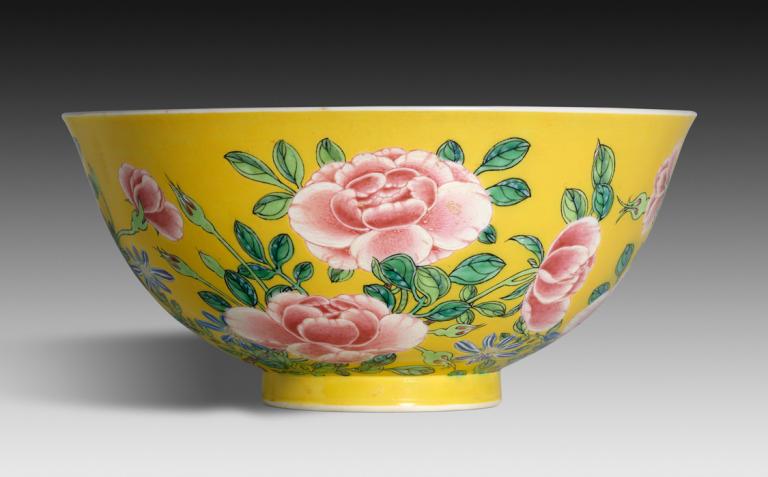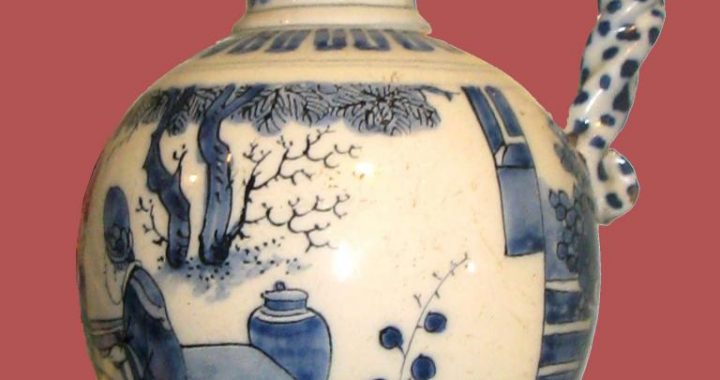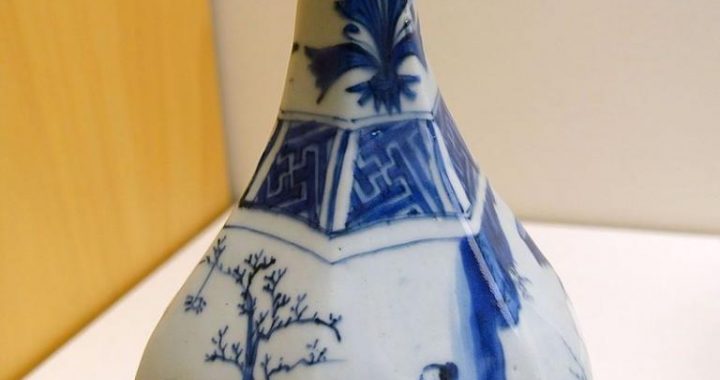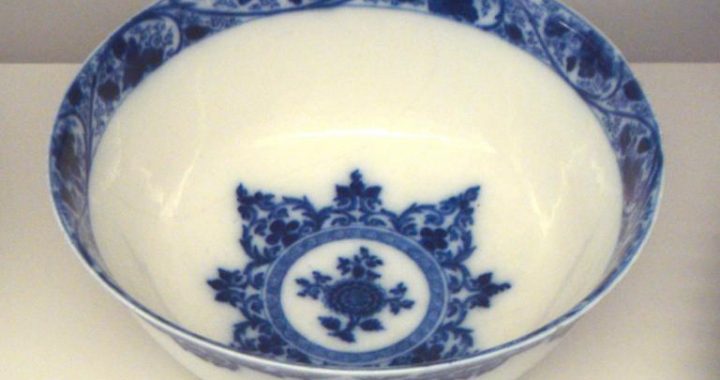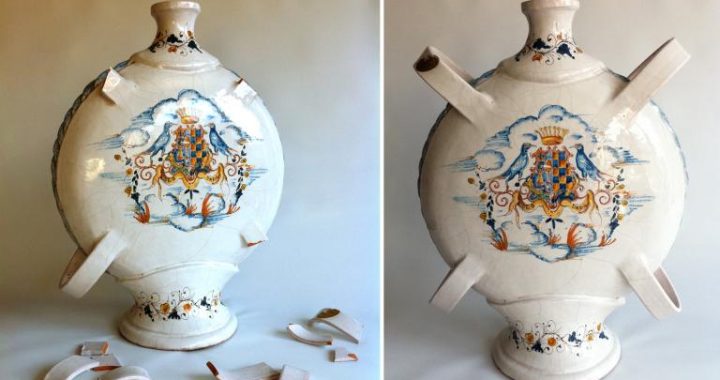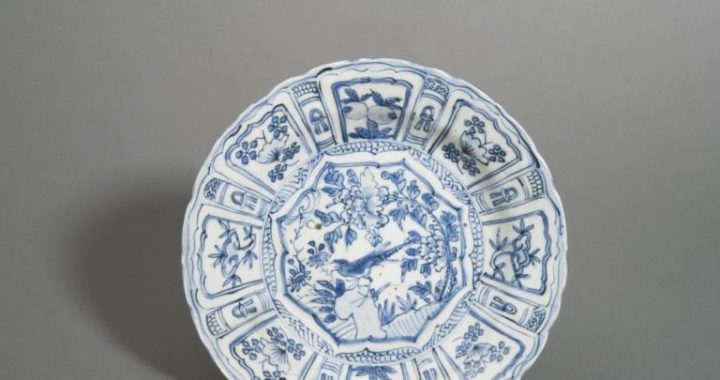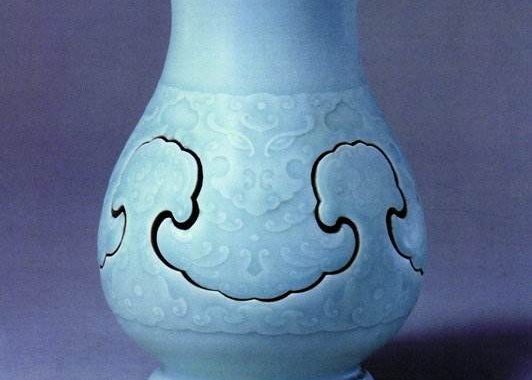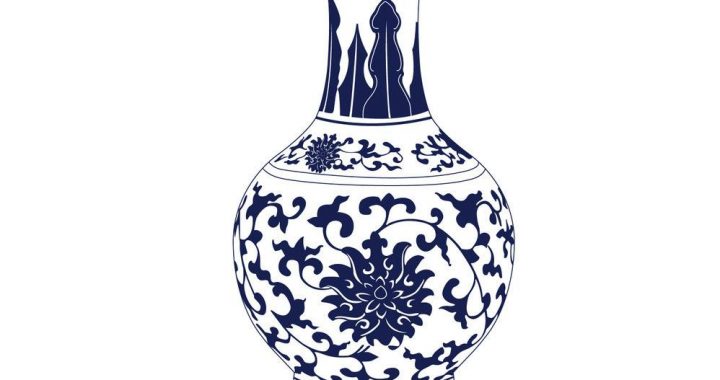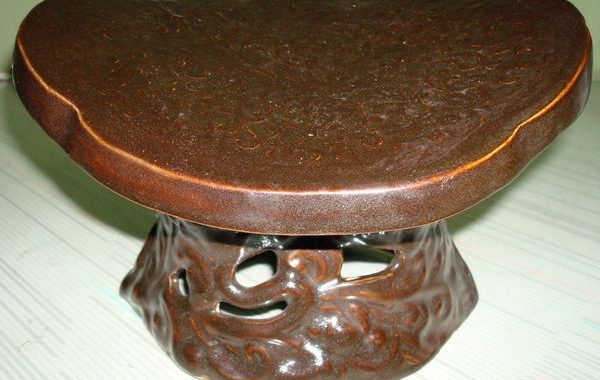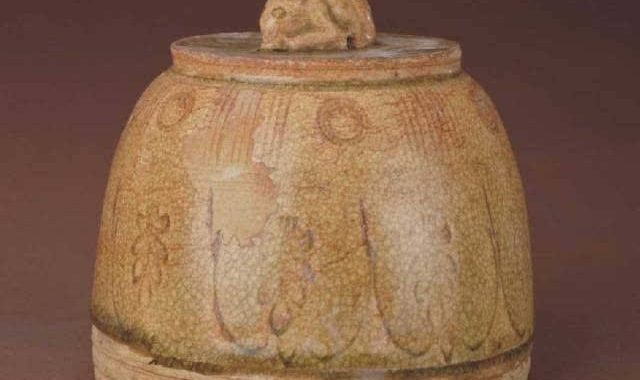Shape and Imagery
2 min readPorcelain is a comprehensive art, and form is as important to a good piece of porcelain as it is to a fine piece of sculpture. For porcelain ware of artistic value, an intriguing shape can capture instant attention from viewers.
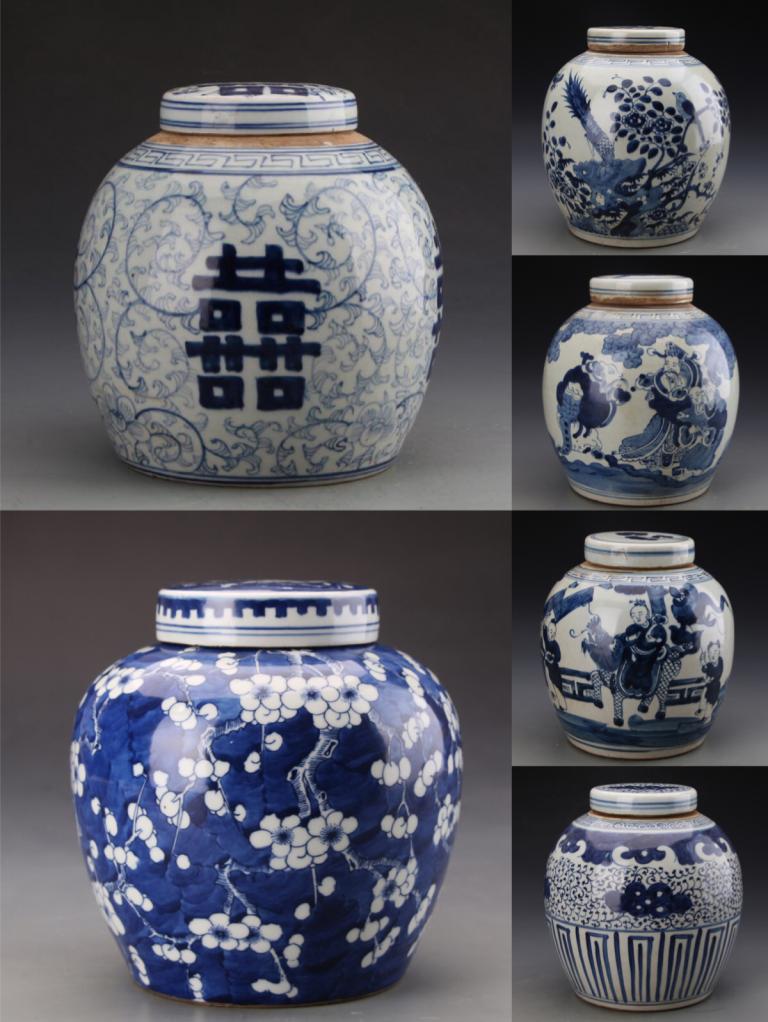
Among Chinese porcelain, there is a type of white porcelain decorated with floral patterns of the same color, which suggests a feeling of relief sculpture.The most famous white porcelain was produced inthe Ding Kiln of the Song Dynasty, which exerted a great influence on later white porcelain products.A small white porcelain container produced during the Qing Dynasty’s Daoguang reign (1821-1850) is such a piece in the white series. From the exterior, it looks no different from an ordinary container for holding go(a board game) pieces, but on the interior are relief-like flowers with five-color petals concisely and elegantly outlined.
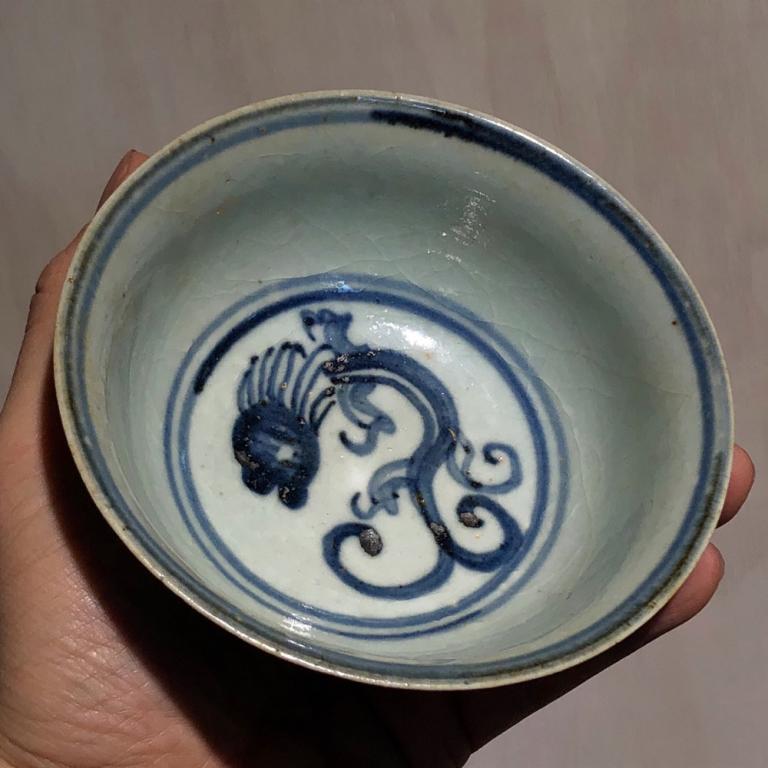
It must have been agreat delight to enjoy this exquisitely made artwork while playing go!Chinese porcelain also pursues painting effects. Porcelain ware usually contains images from landscapes as well as bird-and-flower paintings. Most porcelain craftspeople were also adept at painting. For Ming-and Qing-dynasty porcelainware, elegance in shape, intriguing use of color, fine texture, and vivid images all set off each other, adding great splendor to the art.Under the influence of European painting, at the end of the Ming Dynasty and the beginning of the Qing Dynasty, Chinese porcelain began to incorporate European artistic techniques into its design, such as through the use of light and shadow, to make the whole design vivid with three-dimensional effects.
A fineexample is the famille-rose porcelain that was popular in the Qing Dynasty.Famille-rose, also referred to as “soft-color,”was so named as to differentiate it from the application of color without shading changes. The famille-rose vase with nine-peach design,a Qing-dynasty work now housed in the Beijing Palace Museum, employs the famille-rose method, instead of the traditional repetitively used five colors. It pays attention to changing color shades as well as light andshadow, producing vivid, three-dimensional effects with a strong realistic flavor.
